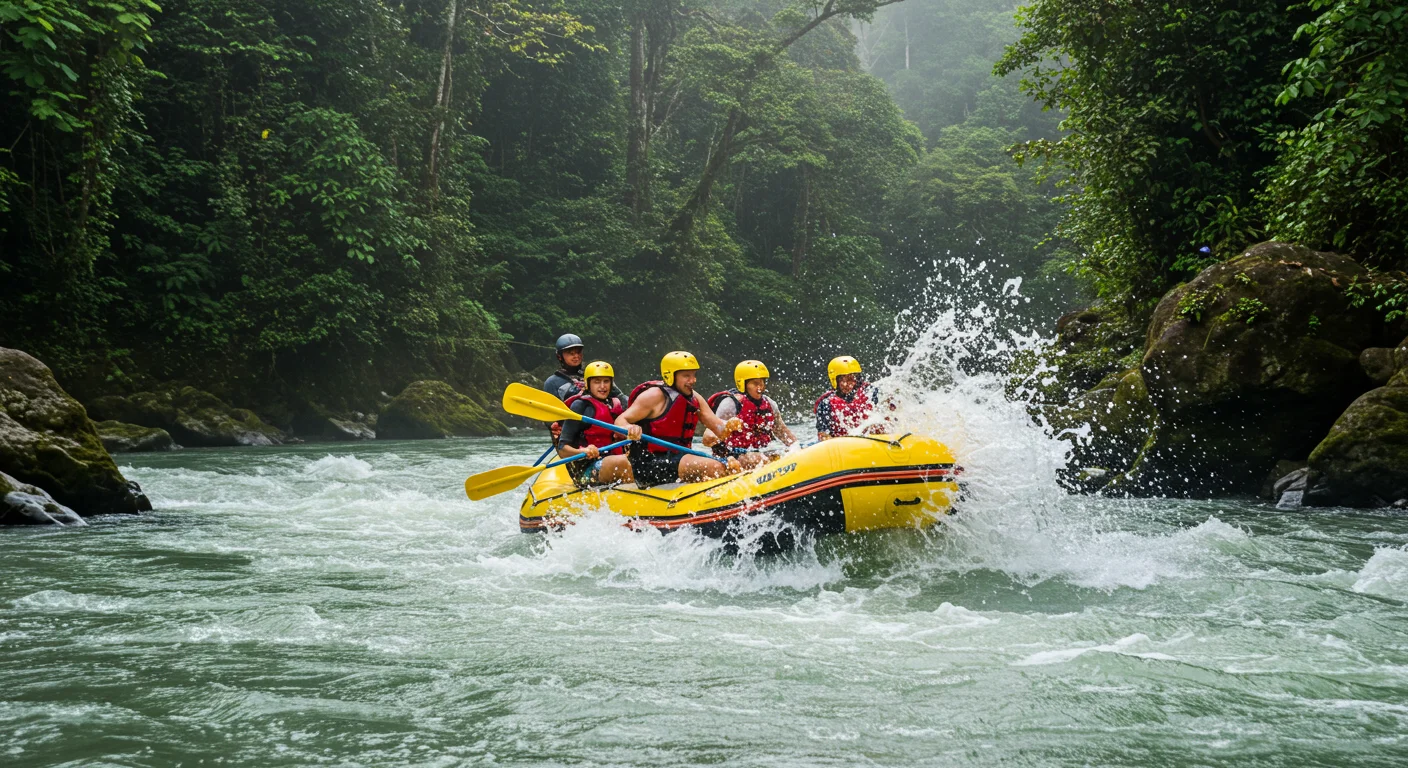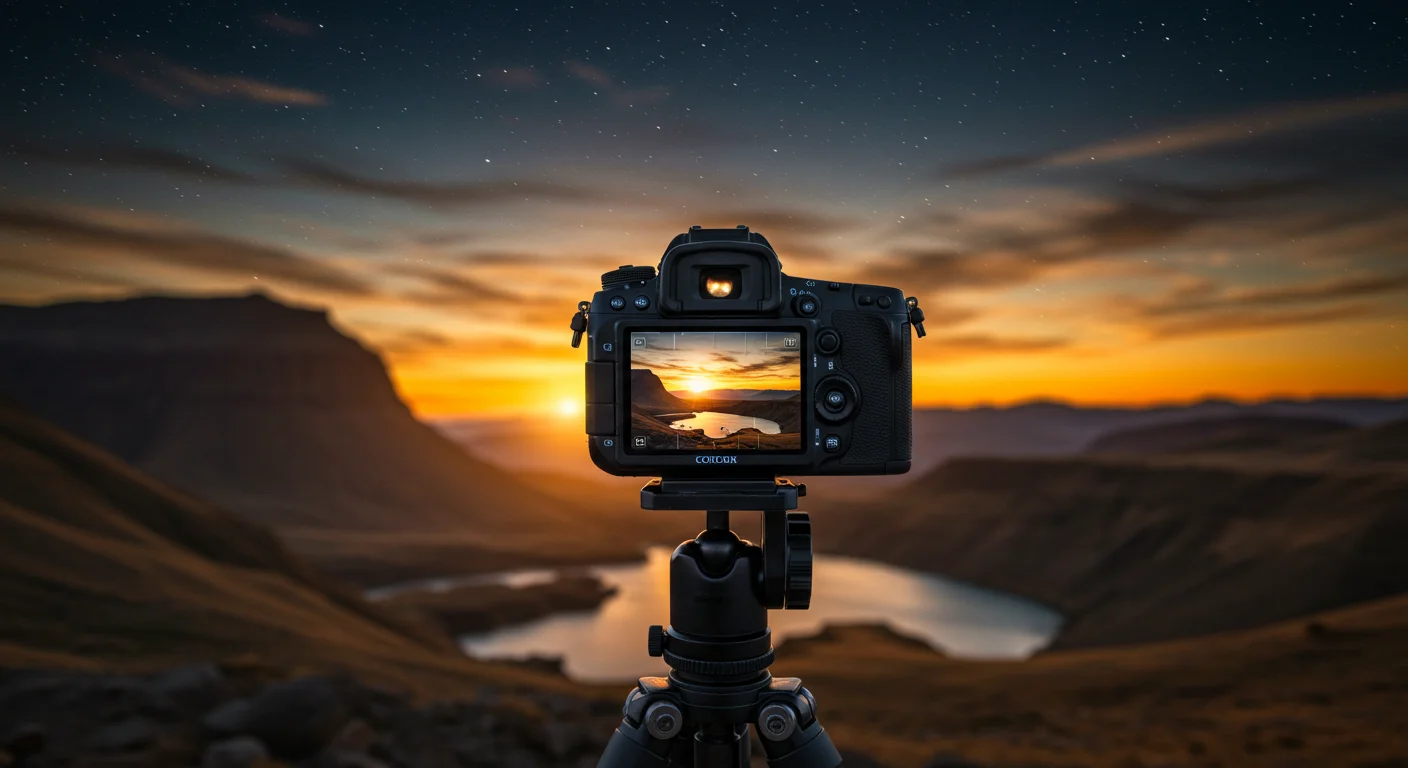Imagine a sky painted with dancing colors of green, red, and pink, an otherworldly display that leaves you breathless. This dream is real in Iceland, a land often called the Land of Fire and Ice. Thousands visit every year hoping to see this legendary light show. To truly boost your chances and understand **the best time to see the Northern Lights in Iceland**, careful planning is key. This guide will help you understand when and where to look, along with helpful tips for spotting and even photographing this amazing natural wonder.
Understanding the Northern Lights: Nature's Grand Show
Before diving into timing, let us understand what the Northern Lights are. Also known as aurora borealis, these celestial lights are a spectacular natural phenomenon. They happen when solar winds, which are electrically charged particles from the sun, crash into gases in Earths upper atmosphere. When these charged particles hit our atmosphere, they make oxygen and nitrogen molecules glow, creating a beautiful auroral display. You will most likely see pale green lights, but sometimes you might also spot vivid shades of red, yellow, blue, or violet dancing across the sky. These lights occur near Earths magnetic poles, specifically the North Pole for the northern lights and the South Pole for the southern lights. Their exact shape and color depend on the type of atoms involved, how strong the suns activity is, and Earths magnetic forces. Like many natural events, the aurora borealis is unpredictable and never follows a set schedule, making each sighting truly unique.
When to Witness the Magic: Timing is Everything
Deciding the best time to see the Northern Lights in Iceland boils down to two main things: the time of year and the time of day. Your chances are much better during specific periods, which is why tours often run within these months.
The Best Months for Aurora Hunting
You have a much greater chance of seeing the aurora borealis between **October and March**. While it is possible to see them at other times, your chances are simply better during these months. Winter is perfect for Northern Lights viewing because of the longer nights. Some parts of Iceland can have as many as 19 hours of darkness on the shortest day of the year. This gives you many opportunities to spot the aurora borealis.
- Mid-August to Late April: This broader window is when the northern lights are potentially visible under dark skies.
- September, October, November (Autumn): In autumn, you can often see the lights without snow on the ground and with more daylight for other adventures. However, be aware that storms can occur during October and November.
- December, January, February (Winter Peak): These are the peak months with very little daylight, sometimes only 2-4 hours a day. Storms are common, which might cause tour cancellations or road closures.
- March and April (Spring): You can still see the lights with extra daylight for other activities and generally calmer weather.
During the summer months, Iceland experiences long hours of daylight, including a phenomenon known as the midnight sun. This makes it much harder to see auroras during that time of year, from May to July and most of August, sightings are generally not possible.
The Ideal Time of Day
The Northern Lights usually show up during the darkest part of the night. Most sightings happen **between 11 PM and 2 AM**. However, they are most likely to be seen between 10 PM and 12 AM in winter due to Earths rotation and Iceland position. In April and September, the best time is often between 9 PM and 2 AM, with the most frequent occurrences around 11 PM and midnight. It needs to be dark or deep twilight to see them, so searching should always happen after sunset. Some hotels even offer a special wake-up service to alert you if the lights appear in the middle of the night.
Finding Your Spot: Best Places to See the Northern Lights
You can spot the aurora borealis from almost anywhere in Iceland, even from the capital city of Reykjavík. But for the best chances of seeing a clear and vibrant display, you should **move away from sources of light pollution**. Artificial light makes it harder to see the true colors of the northern lights. That is why traveling out from the city to more remote areas with little light pollution is a very good idea. As Iceland is the most sparsely populated country in Europe, there is generally less ambient light pollution, meaning you are likely to see the colors of the aurora very clearly. This really helps to maximize **the best time to see the Northern Lights in Iceland**.
Top Viewing Locations Across Iceland
- Vík and South Iceland: Vík, known for its black sand beaches and basalt columns, offers a stunning background for northern lights hunters. It is just a few hours drive south from Reykjavík. Imagine walking along Reynisfjara black sands or seeing the basalt columns of Reynisdrangar with the lights dancing above. You could also continue to Jökulsárlón glacier lagoon to see the aurora ripple over sparkling ice.
- Westfjords and North Iceland: These regions are further north than Reykjavík, meaning they have slightly longer hours of darkness. This gives you a wider window to see the aurora. They also have smaller towns, which means less light pollution. Popular spots include Akureyri, the Snaefellsnes Peninsula, and areas around Lake Mývatn and Húsavík.
- Þórsmörk: For a truly wild experience, head to Þórsmörk, a nature reserve in the Icelandic highlands. It is a remote location where volcanoes and glaciers dominate. In winter, it is mostly accessible by super jeep, and its isolation means a high chance of seeing the northern lights on a clear night.
- Reykjavík: If you prefer to stay in the city, you can still see the northern lights. Reykjavík has parks that are great for getting away from city lights. The Grotta Lighthouse on the Seltjarnarnes peninsula is highly recommended as one of the darkest areas in the capital. It even has a geothermal hot tub where you can relax while waiting for the show. However, for the most spectacular views, it is often better to take a tour or drive out into the darker countryside.
- Golden Circle Area: Especially Thingvellir National Park, offers great viewing spots due to its natural surroundings and reduced light pollution compared to the city center.
- Reykjanes Peninsula and Eastfjords: These areas also offer good opportunities when skies are clear, especially during the darker months.
Boosting Your Chances: Practical Tips and Tools
Seeing the Northern Lights requires a bit of luck and patience, but you can definitely increase your chances with smart planning. The Northern Lights are best seen on a clear night, without cloud cover. This is a critical factor for success in finding the best time to see the Northern Lights in Iceland.
Helpful Apps and Forecasts
The Icelandic Met Office provides an aurora forecast that rates your likelihood of seeing the aurora borealis on a scale of 0 to 9. Anything above a 2 is considered promising. They also have a cloud cover forecast to help you decide if the sky will be clear enough. Other tools commonly used by aurora hunters include SolarHam, which gives a reliable 3-day geomagnetic forecast, and the Aurora Forecast app, which shows the position of the auroral oval and your likelihood of seeing the lights from your exact location. These tools are invaluable for planning your hunt. Also, give yourself enough time in Iceland; just one or two nights might not be enough for clouds or storms to pass.
Capturing the Moment: Photography Tips
When the aurora borealis appears, you will surely want to take pictures. Photographing them takes a bit of skill, and your camera needs a good nighttime setting. Using an SLR camera with manual focus often gives the best results. Here are some essential tips:
- Bring a tripod for steady long exposure shots.
- Use a shutter release to prevent camera shake.
- Always have spare batteries and extra memory cards. Cold weather drains batteries quickly.
- Turn off your cameras image stabiliser.
- Increase your ISO to at least 400 to 800, or even higher depending on your lens.
- Set your aperture as low as possible (e.g., f/2.8).
- Use long exposure shots, typically 15 to 30 seconds, to help your camera capture more light.
- Practice taking nighttime photos beforehand so you are ready when the lights appear. You do not want to miss the show while adjusting settings!
Ways to Experience the Aurora Borealis
There are several great ways to chase the Northern Lights in Iceland, each offering a different experience. Whether you prefer independence or guided assistance, there is an option that fits your travel style. Choosing how you travel can also impact your success in finding the best time to see the Northern Lights in Iceland.
Your Aurora Adventure Choices
- Rent a Car: If you enjoy exploring on your own, renting a car allows you to drive to remote regions away from city lights. Winter self-drive tours often feature the best routes for aurora hunting.
- Hire Your Own Guide: A privately guided tour can be an excellent choice. An expert guide will have local knowledge and take you to the best viewing spots. While they cannot control whether the lights appear, they will make sure you do not miss them if they do.
- Join a Group Tour: Group tours take the hassle out of planning. Guides handle all the logistics, allowing you to relax and enjoy the experience with new friends. If the aurora does not appear on a guided tour, you might be able to join another evening tour free of charge.
- Take a Multi-Day Tour: These packages combine independent travel with guided excursions. You might be based in Reykjavík or another location like the Westfjords, taking day and evening tours as you wish. These tours are designed to maximize your chances over several nights.
The Science and Stories Behind the Lights
While scientists now explain the aurora borealis with solar winds and atmospheric gases, ancient cultures had their own magical explanations. The northern lights appear over North America and Scandinavia, leading to many different stories. According to Norse mythology, the aurora borealis was a sign of the gods. The lights were believed to be reflections of the armor of the Valkyries, mythical female warriors, on their way to war in Valhalla. Icelandic people also believed that the northern lights could help ease the pain of childbirth, although mothers were advised to avoid looking directly at the aurora. These historical beliefs add another layer of wonder to this already incredible display, reminding us of the profound impact these lights have had throughout human history, long before we fully understood the best time to see the Northern Lights in Iceland.
Year-Round Aurora Learning at Perlan
Even if you visit Iceland outside of the peak viewing season, you can still learn about the Northern Lights. Perlan, in Reykjavík, offers a unique Northern Lights show called Áróra. This breathtaking film uses a state-of-the-art 8K projection system and surround sound to bring the magical story of the Northern Lights to life. You can learn how they form, hear fascinating tales, and see fantastic virtual displays, as if they are dancing around you in Icelandic nature and outer space. Perlan is also home to Icelands only planetarium, offering an immersive experience for all ages.



